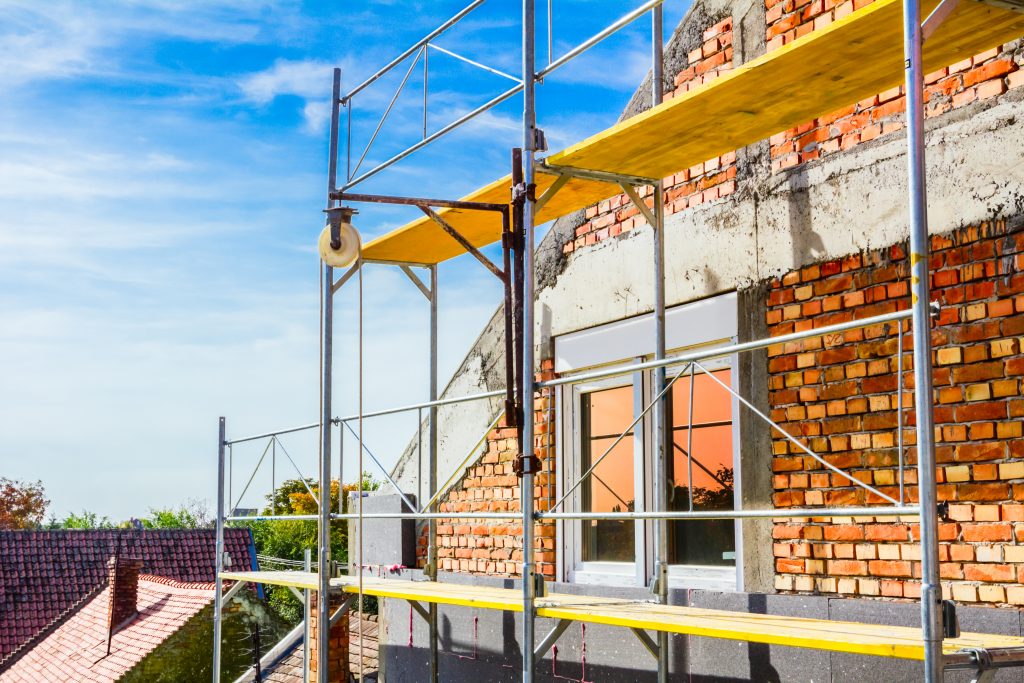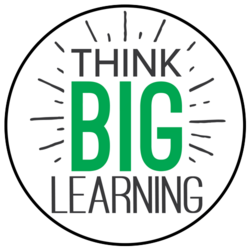
In the world of construction, scaffolding is used as a temporary support to help elevate workers so they can do a particular job. I love thinking about that definition as I plan for scaffolding in the classroom. We’re trying to lift our kids up. The scaffolding we provide is only a temporary support, but it empowers our students to reach higher levels.
So when should we use scaffolding? My answer: Always. I think after you’ve been teaching the same content for a couple of years, it is easy to know when students will need a bit of a boost to master something. If it’s a challenging topic or skill, scaffolding will always help. If we can break the content into more manageable chunks, so many more students will be successful. When I think about scaffolding, I try to think about what the baby steps are that will get students where they need to be.
There are eleventy billion different ways to scaffold content and skills, but here are a few of our favorites:
Pre-Teach Vocabulary
Sometimes when we start teaching science content, even our native English speakers think we are speaking a foreign language. They need a bit of scaffolding in order to even understand the introduction. In order to do this well, we need to think about the most basic science terms a student would need in order to be successful. Some of these might even be words that (in theory) they’ve learned in a previous grade. Sometimes these aren’t even the science words. If you’ve taught for a few years, you probably know which words are likely to trip them up. Scaffold those.
When we are pre-teaching to scaffold, traditional methods of copying definitions or writing sentences won’t work. Instead, we need to be working with clear visuals and kid-friendly definitions. These practices will make students more likely to retain their new vocabulary. We have a couple of examples of this to use when teaching ecology. When we consider the different roles that organisms can have in an ecosystem, there are a lot of big words. We created an activity to help introduce or refresh students on these terms, and we have an elementary version and a secondary version. Each version allows student groups to practice matching the term with a description and a visual. Click here to download the activity.
Break the Learning into Smaller Steps
Another helpful way to think about scaffolding is to consider the smaller parts that make up the whole of what a student needs to know and be able to do. Can you break it into smaller chunks? Once it is in smaller chunks, then sequence those in a way that helps a student move toward mastery of the big idea.
One example of a challenging topic for students is topographic maps. Not only is there significant vocabulary needed to understand what the map is communicating, but before a student can successfully interpret a map, they need a basic conceptual understanding of topographic maps. They need to wrap their brains around what a topographic map is before we ask them to calculate the change in elevation between two points. Students need some practice with simplified maps before they launch into looking at something from the US Geological Survey.
We scaffold for learning using this topographic map activity in order to help set students up for success. They are asked to match various maps with the profile of the landform that each one represents. The activity linked here builds understanding and confidence with maps before we ask students to do more complex tasks.
Make Connections to the Real World

When we learn new information, our brains are looking for somewhere to file it. Our minds are looking to connect new information to something that we already know or have experience with. This is where providing a real-world connection can help students. We can do this through demonstrations in the classroom, videos of real-world phenomenon, exposure to rich images, etc. Each of these can create a new “file” where students can connect their new learning. These shared experiences in the classroom can create a sense of prior knowledge or real-world examples that our students are often missing.
We often think about providing real-world examples after teaching content, but for most of us, having context for what we’re learning helps us to better understand it. Sharing the examples first helps to scaffold new learning for students.
Here’s a cool video that could be used before teaching landforms. Most of our students have never seen the Grand Canyon. The video in this link allows them to see its beauty and think about its formation: How Was the Grand Canyon Formed?
What are some other ways that you like to scaffold learning for your students?







